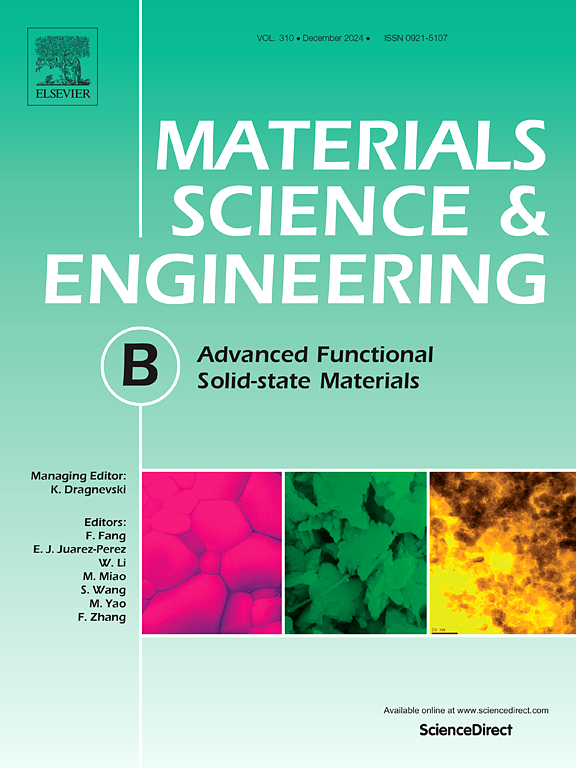Surface acoustic wave gas Sensors: Recent developments and their role in sensing technology
IF 3.9
3区 材料科学
Q2 MATERIALS SCIENCE, MULTIDISCIPLINARY
引用次数: 0
Abstract
Surface acoustic wave (SAW) sensors are widely used in sensing technology owing to their high sensitivity, stability and ability to detect various physical, chemical and biological properties. They operate by detecting changes in the velocity and amplitude of acoustic waves travelling along piezoelectric materials, which are influenced by environmental variations. This review focuses on the development of SAW sensors, particularly gas and biosensors. SAW gas sensors can detect gaseous compounds at very low concentrations, making them valuable for environmental monitoring, process safety and health applications. Recent advancements in nanomaterials, such as based on zinc oxide, graphene oxide and metal–organic frameworks, and in thin-film fabrication methods, have improved the sensitivity and selectivity of these sensors. The integration of wireless technology has further expanded the potential of SAW sensors for industrial and environmental monitoring. In biosensing, SAW sensors are critical for non-invasive diagnostics. Future trends include bio-diagnostic and micro-fluidic applications, which will enhance the usability and effectiveness of SAW sensors across various fields.
求助全文
约1分钟内获得全文
求助全文
来源期刊

Materials Science and Engineering: B
工程技术-材料科学:综合
CiteScore
5.60
自引率
2.80%
发文量
481
审稿时长
3.5 months
期刊介绍:
The journal provides an international medium for the publication of theoretical and experimental studies and reviews related to the electronic, electrochemical, ionic, magnetic, optical, and biosensing properties of solid state materials in bulk, thin film and particulate forms. Papers dealing with synthesis, processing, characterization, structure, physical properties and computational aspects of nano-crystalline, crystalline, amorphous and glassy forms of ceramics, semiconductors, layered insertion compounds, low-dimensional compounds and systems, fast-ion conductors, polymers and dielectrics are viewed as suitable for publication. Articles focused on nano-structured aspects of these advanced solid-state materials will also be considered suitable.
 求助内容:
求助内容: 应助结果提醒方式:
应助结果提醒方式:


